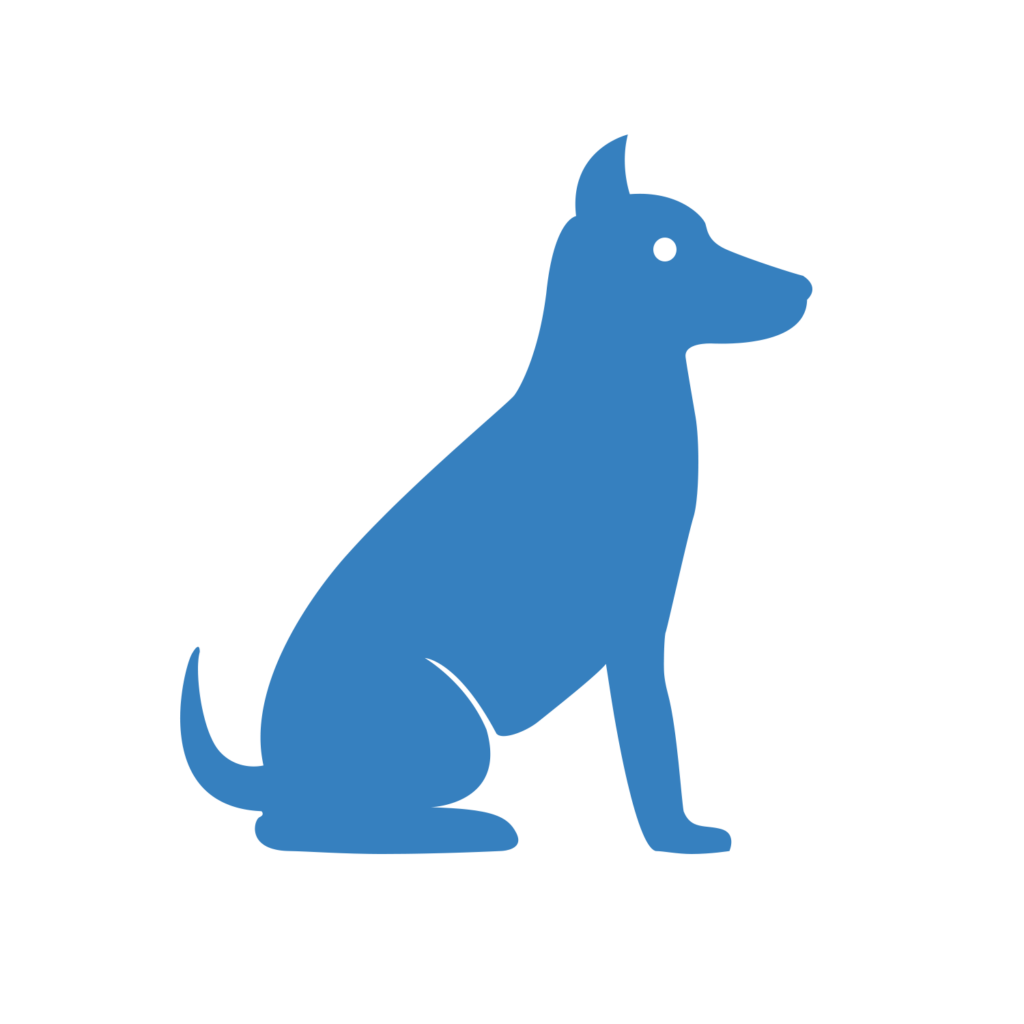

Dominant Progressive Retinal Atrophy
Turnaround: 3-5 business daysTurnaround: 7-10 business days
Price: $45.00Price: £40.00
Breeds: Bandog, Bullmastiff, English Mastiff, French Mastiff, Mastiff, Mixed Breed, Neapolitan Mastiff, Tibetan Mastiff, Unspecified
Description
Dominant PRA (dPRA) is an autosomal dominant trait and a form of Progressive Retinal Atrophy that affects English Mastiffs and Bullmastiffs. An autosomal dominant trait means that only one copy of the trait is needed from either parent in order for the dog to display symptoms. PRA is an eye disorder that causes the rod and cone cells to deteriorate over time, eventually leading to complete blindness. Dogs that are affected by this disorder often appear to have normal eyes until around age 2-3 years old. This is when the cells begin to die and vision loss begins. Some pups show signs of night-blindness by 6 weeks of age. By the age of 3-4 years old, most affected dogs are completely blind.
Because dPRA is an autosomal dominant trait, dogs only need one copy from either parent to display symptoms. This means that if a parent has even a single copy of dPRA, the offspring has a strong chance of receiving dPRA as well. If two dogs with dPRA (even if they only have a single copy of dPRA each) are bred together, there is a 75% chance per puppy that they will develop symptoms of dPRA. If one dog with dPRA is bred to another dog without dPRA, there is a 50% chance per puppy that they will develop dPRA.
Possible Results
| Genotype | Description |
|---|---|
| P/P | High Risk: Dog has two copies of the Dominant PRA mutation. Dog is at high risk of developing symptoms associated with d-PRA. The mutation will always be passed on to every offspring. |
| n/P | At Risk: Dog carries one copy of the mutation associated with Dominant PRA. Dog is at low risk of developing symptoms associated with d-PRA. |
| n/n | Clear: Dog is negative for the mutation associated with Dominant PRA |
Reference
Kijas JW, Miller BJ, Pearce-Kelling SE, Aguirre GD, Acland GM. Canine models of ocular disease: outcross breedings define a dominant disorder present in the English mastiff and bull mastiff dog breeds. J Hered. 2003 Jan-Feb; 94(1):27-30. [PubMed: 12692159]